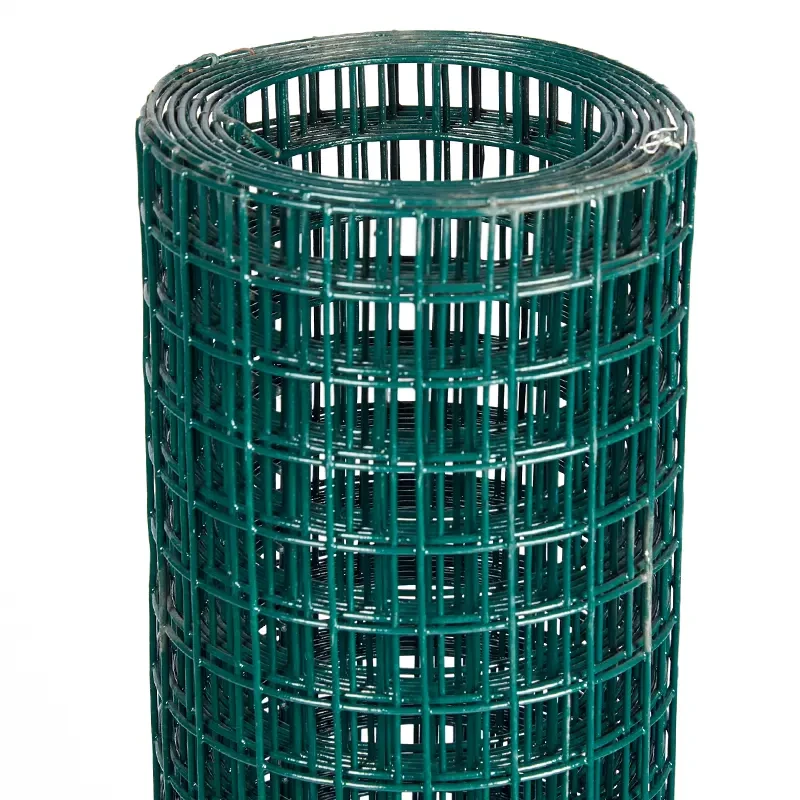Gabion walls, an age-old technique in erosion control and landscape management, have seen a resurgence in popularity both for their functional and aesthetic applications. This article delves into the nuances of using stone in gabion walls, shedding light on practical applications, expert insights, and why these structures stand as a testament to sustainable construction practices.

The essence of a gabion wall lies in its basic yet robust construction a cage, typically of galvanized steel, filled with stones or other sturdy materials. The choice of stone, however, plays a pivotal role in the wall's effectiveness and longevity. River rocks, granite, basalt, and limestone are among the most favored choices. Each stone type offers unique benefits—granite, for instance, is lauded for its durability and resistance to weathering, making it ideal for areas with severe weather conditions.
One of the most alluring aspects of gabion walls is their permeability. Unlike traditional solid barriers, gabion structures allow for the natural movement of water, thus effectively reducing flood risks and soil erosion. This quality is particularly beneficial in areas prone to heavy rainfall or near water bodies. The stones within the gabion absorb and distribute the pressure exerted by water, providing a stable and resilient barrier.

From an environmental standpoint, gabion walls are unparalleled. They utilize locally sourced stones, minimizing the carbon footprint associated with transporting materials over long distances. Furthermore, their flexible nature allows them to settle naturally into the surrounding environment over time, which reduces the need for repair and maintenance. This adaptability not only extends the lifespan of the structure but also supports the natural ecosystem, encouraging plant growth within and around the wall.
gabion wall stone
When constructing a gabion wall, expertise is critical. Professionals in the field advise careful consideration of the wall's location and purpose before selecting stone materials. For retaining walls on a steep gradient, heavier stones like granite are recommended to ensure structural integrity. Conversely, for decorative purposes, lighter but visually interesting stones may be preferred to enhance the aesthetic appeal.
No discussion of gabion walls would be complete without addressing their increasing use in modern landscaping. Their rustic yet contemporary appeal makes them an attractive option for both residential and commercial projects. Adding a gabion wall to a property can significantly enhance its visual appeal, creating a unique contrast with flora and other architectural elements. Moreover, the customization possibilities are virtually endless; varying the size, shape, and type of stone allows each wall to reflect the personal taste and needs of the property owner.
As with any construction project, trustworthiness of the materials and the construction process is paramount. Partnering with reputable suppliers and contractors ensures that the gabion wall is constructed using high-quality stones and materials, guaranteeing the wall's functionality and durability. Certified experts often bring innovative solutions to the table, including integrating lighting systems or seating into the gabion structure, further augmenting its utility and style.
In conclusion, gabion walls, especially those constructed with stone, offer a harmonious blend of functionality, sustainability, and beauty. With their ability to manage erosion, blend into natural landscapes, and provide aesthetic value, they are truly a versatile solution in modern construction and landscaping. Engaging with experienced professionals and understanding the properties of different stones can lead to creating structures that stand the test of time, making gabion walls a wise investment for both environmental and design-conscious property owners.
 TEL:
+86-13102802206
TEL:
+86-13102802206
 Email:
fencenetting@china.com
Email:
fencenetting@china.com
 Language
Language
 TEL:
+86-13102802206
TEL:
+86-13102802206
 Email:
fencenetting@china.com
Email:
fencenetting@china.com
 Language
Language



